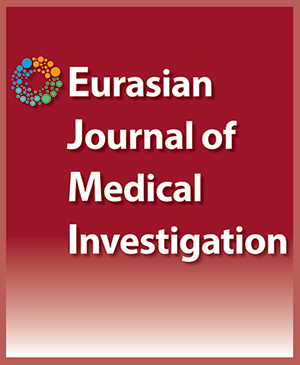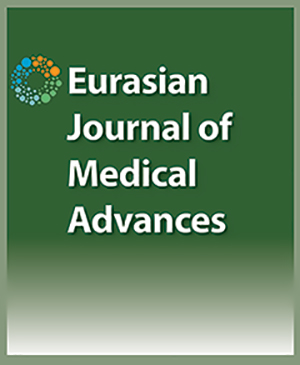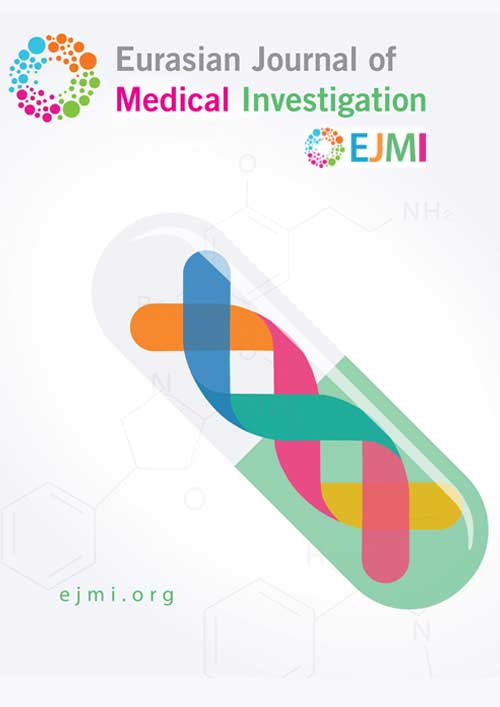The Role of Laboratory Parameters in Predicting Osteoarticular Involvement in Brucellosis
Ahmet Melih Sahin1, Ayse Aktemur2, Tuğcegul Erdem Cakir1, Sinan Cetin11Department of Infection Diseases and Clinical Microbiology, Giresun University, Giresun, Türkiye, 2Department of Infection Diseases and Clinical Microbiology, Kahramanmaraş Necip Fazıl City Hospital, Kahramanmaraş, Türkiye
Objectives: Osteoarticular involvement in brucellosis, is a common complication, leads to prolonged treatment and morbidity. This study aimed to predict osteoarticular involvement using laboratory parameters. Methods: A total of 210 patients diagnosed with brucellosis were retrospectively evaluated. Patients were divided into two groups based on the presence or absence of osteoarticular involvement. The variables between the two groups were analyzed for risk factors to predict osteoarticular involvement in brucellosis using laboratory parameters. Results: The mean age of the patients was 47.5±15.1 years, and 60.5% were male. Osteoarticular involvement group was older. White blood cell (WBC) count, neutrophil count, neutrophil-to-lymphocyte ratio (NLR), C-reactive protein (CRP), and erythrocyte sedimentation rate (ESR) levels were significantly higher, lymphocyte-to-monocyte ratio (LMR) was lower in patients with osteoarticular involvement. The sensitivity and specificity for CRP at a cut-off value of 22.5 mg/L were determined as 90.7%. For ESR at a cut-off value of 59.5 mm/h, the specificity was 94.7%. Conclusion: Laboratory parameters such as WBC, neutrophil count, NLR, LMR, CRP, and ESR may facilitate the clinical decision-making process in the early detection of osteoarticular involvement in patients with brucellosis. These findings may serve as a valuable guide in managing brucellosis complications, particularly in endemic regions. Keywords: Brucellosis, ostoarticular involvement, zoonotic disease
Cite This Article
Sahin A, Aktemur A, Erdem Cakir T, Cetin S. The Role of Laboratory Parameters in Predicting Osteoarticular Involvement in Brucellosis. EJMI. 2025; 9(1): 47-52
Corresponding Author: Ahmet Melih Sahin




